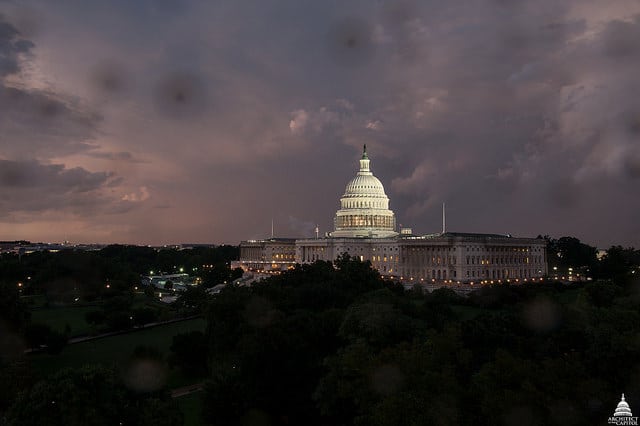
The House approved this week a temporary budget bill for fiscal year 2023, setting up most Department of Energy nuclear waste programs to continue operating at their 2022 budgets through Dec. 16.
For the first two-and-a-half months of fiscal year 2023, the stopgap…